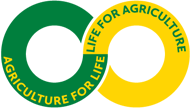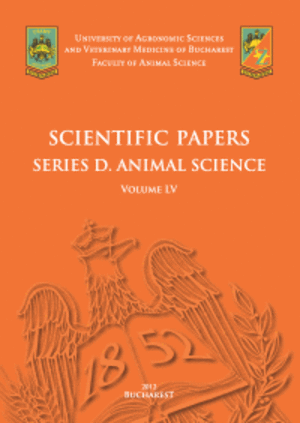Published in Scientific Papers. Series A. Agronomy, Vol. LXVIII, Issue 1
Written by Roxana BĂLĂŞOIU (JIGĂU) , Ilinca IMBREA, Laura ŞMULEAC, Diana OBISTIOIU, Ana-Mariana DÎNCU, Raul PAŞCALĂU, Florin IMBREA
Lavender is a particularly valuable plant, having multiple uses and economic benefits (oil production, derived products, tourism), medicinal (aromatherapy, therapeutic properties) and gastronomic. Its cultivation combines economic and ecological benefits, contributing to the creation of sustainable agricultural practices. The present study refers to the amount of lavender essential oil and hydrolate, that can be extracted depending on the year of cultivation and the specific pedoclimatic conditions of three cultivation areas: Deta (Timiș County), Mailat and Vinga (Arad County). The climatic conditions of the analyzed period had a positive impact on the amount of volatile oil and lavender hydrolate. The amount of lavender oil, ranged from 10.7 liters/hectare at Deta and 13 liters/hectare at Vinga, in the second year and between 31 liters/hectare at Deta and 35 liters/hectare at Mailat, in the third year. Regarding the amount of lavender hydrolate, was between 111 liters/hectare in Deta and 129 liters/hectare in Vinga, in the second year and between 310 liters/hectare in Deta and 392 liters/hectare in Mailat, in the third year.
[Read full article] [Citation]




